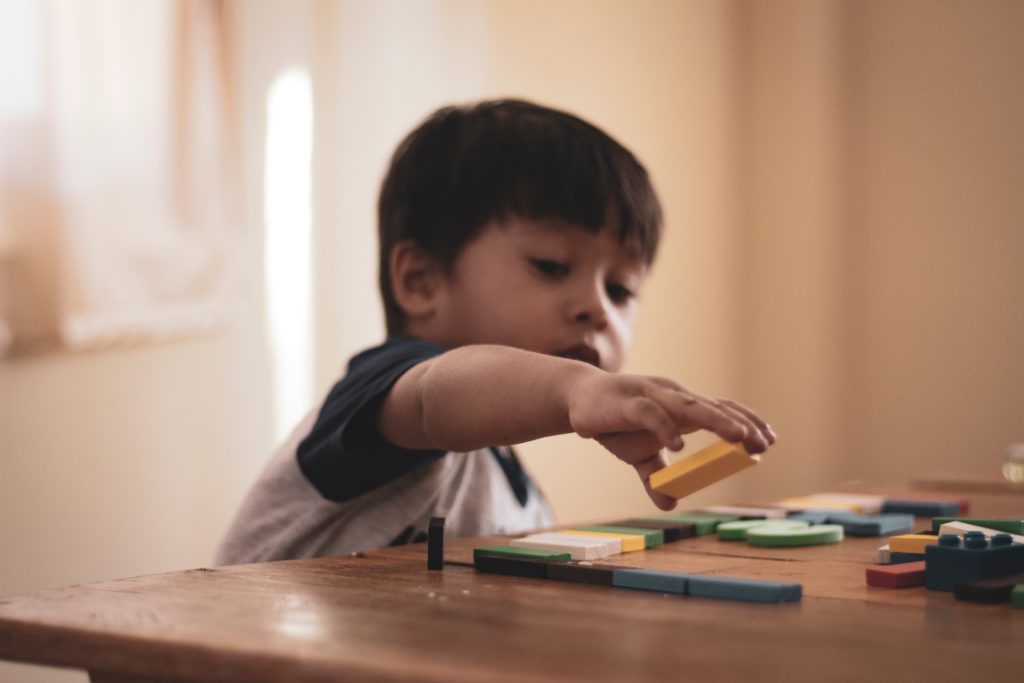
For the most part, anesthesia is a wonder for anxious patients. This is particularly true when it comes to trauma-inducing operations. For young children, general anesthesia (GA) spells the difference between dental anxiety and a pleasant visit. But studies on pediatric anesthesia neurotoxicity show strong evidence between exposure to anesthesia and neurotoxicity, especially on the developing brain.
Knowing this can be quite a scare for most parents of young children. But without anesthesia, your child might find it hard to cope with specific dental procedures. And this might make them less likely to go to the dentist in the future. What’s a parent to do in this situation?
One thing you can do is learn more about pediatric anesthesia neurotoxicity and how it occurs. Various studies investigated the effects sedatives and anesthetics have on young children and their developing brains. While some studies might establish strong evidence on this correlation, others have noted that GA becomes a neurotoxin only when exposure to anesthesia is in specific frequencies and dosages.
So, what is pediatric anesthesia neurotoxicity? And when should you worry about it?
Pediatric Anesthesia Neurotoxicity is Most Potent in Patients Less Than Three Years Old
When making and administering anesthesia, you need the right cocktail and dosage of ingredients. Too much, and you might accidentally shut your patients down for good. Too little, and it can lose its effectiveness.
But while each ingredient in an anesthetic serves its purpose, some of them can hinder those developing human brains. Studies by Kamat et al. note that the neurotoxic effects are most potent in young children less than three years old.
Researchers pinpointed which areas of developing human brains might be affected by pediatric anesthesia using animal studies. Koo notes that in rodent studies, some ingredients in anesthesia affect the receptors which receive NMDA and GABA—two neurotransmitters that focus on the communication between brain cells. When anesthesia ingredients disrupt these receptors, a patient might have difficulty in the areas of behavior and learning.
Not to mention, pediatric anesthesia neurotoxicity may pose cognitive problems. Studies on non-human primates, according to Koo, showed that certain ingredients in anesthesia can trigger neuron death, causing these cognitive setbacks.
But while there is strong evidence linking cognitive function and early exposure to anesthesia, some studies show that after one GA session under surgery, 5-year-old patients did not seem to exhibit any cognitive problems one year later. So when should you be worried?
Pediatric Anesthesia Neurotoxicity May Occur Only After Repeat Exposure
Aside from age, most studies on early exposure to anesthesia in young children seem to point to multiple exposures as the culprit. One GA session—mainly if the operation takes less than an hour—isn’t enough to warrant long-term cognitive difficulties. It’s when young children get exposed over and over again that takes a toll on their developing young brains. So if your child is a little older and needs anesthesia for their first major surgery, you shouldn’t be too worried about any problems with their brain development. But if you find that they’re requesting GA for each dental appointment, you might want to find other ways to calm them.
